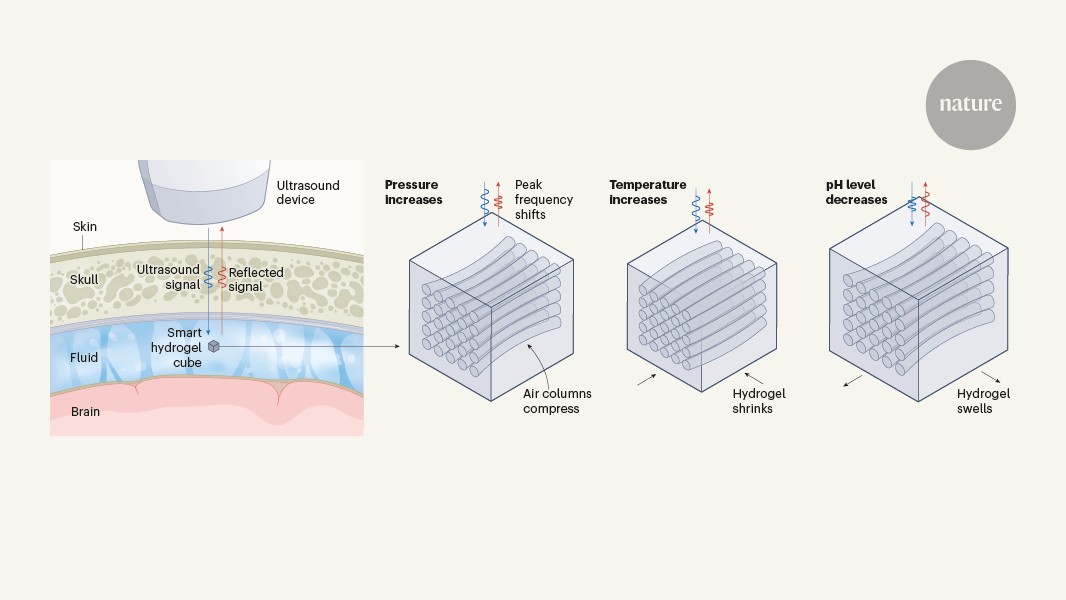Soft Biocompatible Cubes Enable Continuous Glucose Monitoring Through Skin-Surface Implants
The article discusses the challenges of designing effective implantable glucose sensors for continuous monitoring in diabetes patients. Traditionally, these sensors have faced issues due to the body's immune response, which forms a fibrous shell around the rigid electronic components, affecting the sensor's performance.
The authors propose a novel approach using soft, biocompatible materials that allow the harder sensor components to be positioned on the surface of the skin. This helps mitigate the immune response, as the softer material better matches the surrounding tissues. The key highlights are:
- Continuous glucose monitoring is crucial for managing diabetes, but implantable sensors have proven difficult to design due to the body's immune response.
- The immune system forms a fibrous shell around the rigid electronic components of implanted sensors, which can impact their performance.
- The authors suggest using soft, biocompatible materials to house the sensor components, positioning them on the skin surface rather than implanting them.
- This approach helps overcome the immune response issues by better matching the stiffness of the surrounding tissues.
- The soft, squishy cubes used in the proposed method could enable effective continuous glucose monitoring through skin-surface devices.
Personalizar Resumo
Reescrever com IA
Gerar Citações
Traduzir Fonte
Para outro idioma
Gerar Mapa Mental
do conteúdo fonte
Visitar Fonte
www.nature.com
Brain fluid probed by ultrasound using squishy cubes
Principais Insights Extraídos De
by Jules J. Mag... às www.nature.com 06-05-2024
https://www.nature.com/articles/d41586-024-01423-8
Perguntas Mais Profundas
